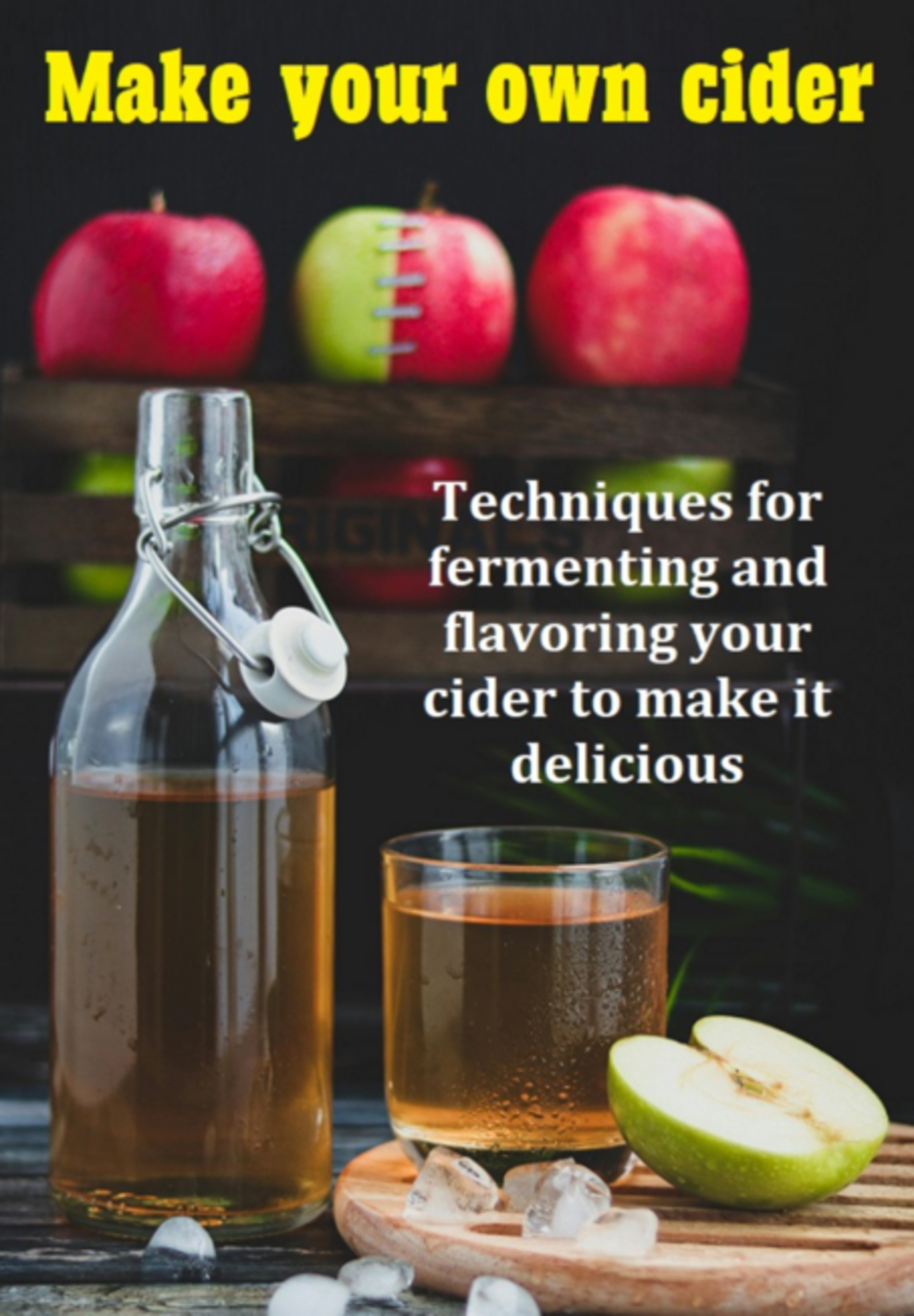This book, and our love affair with apples and cider, started in 1998 — the year we moved onto our smallholding and watched the dormant centenarian apple trees introduce themselves. First came the pink swelling blossom buds, next the riot of white blossoms resplendent and humming with pollinators, then green leaves offering cool summer shade as the small fruits grew into the apples. We soon identified most of them — a Rome variety of some sort, something like a Granny Smith, a Golden Delicious, a Cox's Orange Pippin, a few towering Gravensteins, and one that was grafted to both Gravenstein and Red Delicious. We were overwhelmed by the quantity: boxes and baskets of apples were stacked along the wall in our small kitchen. Apples seemed to tumble every which way as we tried to make them into sauce, dried rings, steamed juice, pies, crisps, and dumplings. By the next year we had a cider press, and a few years later we were captivated by cider. Surrounded by vineyards, we thought we would be the first cider house in our area. As it turned out, sauerkraut got in the way, but that is another story. Eager to learn as much as we could about growing apples for cider, we visited Nick Botner, described both as a hobby orchardist and a serious world-renowned botanical collector, at his farm in Yoncalla, Oregon, 2 hours north of our farm. We arrived, three of our four children in tow, one early November day, nearly 15 years ago. "Come into my farmhouse, we'll talk," Nick said as he invited the five of us in. His wife, Carla, sat us down to coffee and applesauce. A good cider apple contributes to one or more of four components: color, flavor, body, or bouquet. "What kind of apples do you recommend for hard cider?" Christopher ventured. We were sitting there gazing at him like initiates around a sage, waiting for the meaning of life. Or, at least the meaning of apples. "There are a lot of great apples for cider," Nick said, and we both stared, pen in hand, waiting to scribble down the varieties that we'd never heard of, yet hoped to plant. He told us a good cider apple contributes to one or more of four components: color, flavor, body, or bouquet. He didn't drop any variety names though. "Do you have the Redstreak?" Christopher asked hopefully. During the eighteenth century, this apple was believed to be the finest cider apple in England. At the time, cider made from the Redstreak commanded the highest prices. Its popularity had diminished by the end of the century and it's believed that viruses may have killed the remaining trees. Now the apple is rare, even thought to be extinct, as breeders are unsure if the claimed Redstreaks are indeed the Redstreaks.
